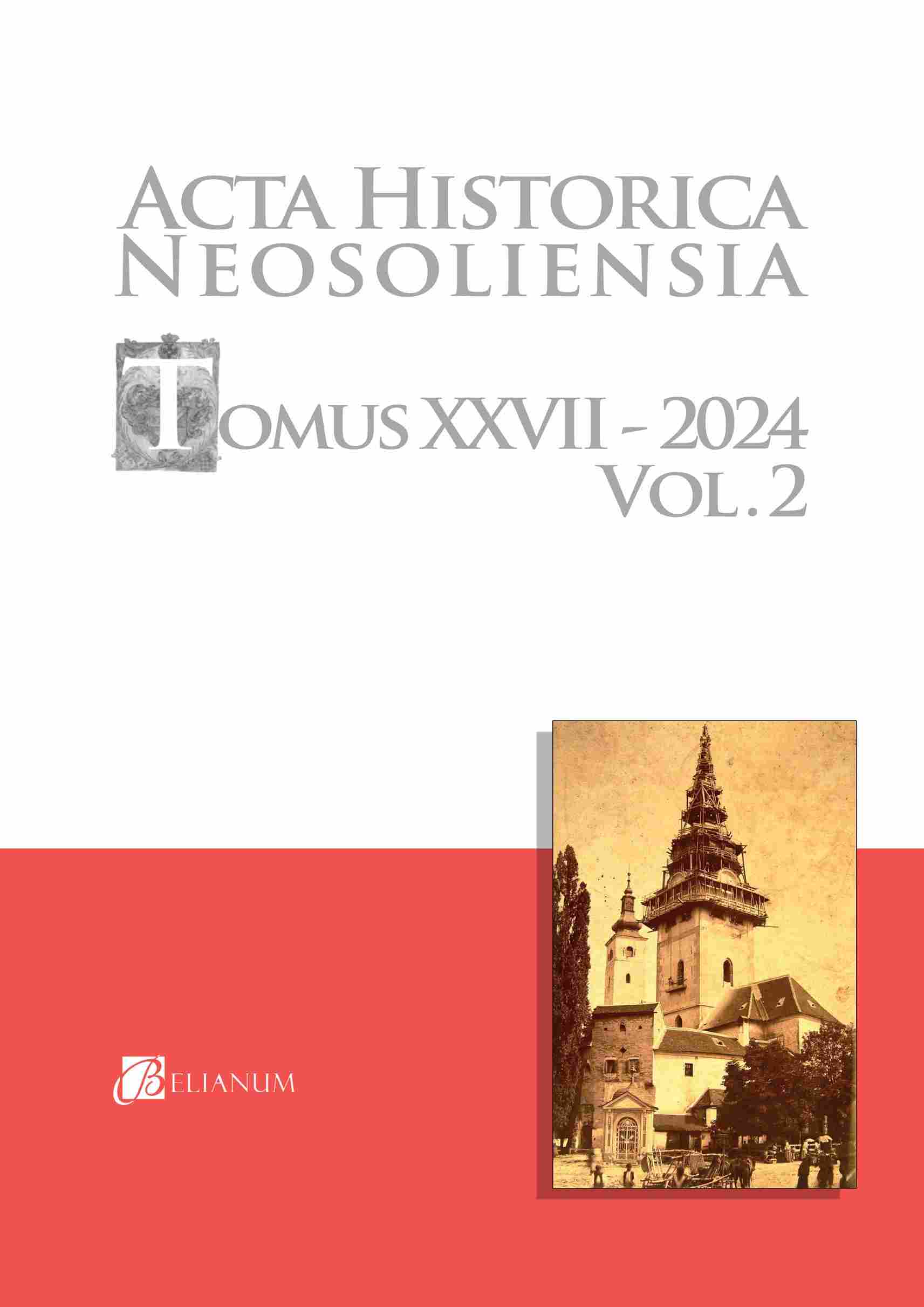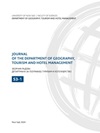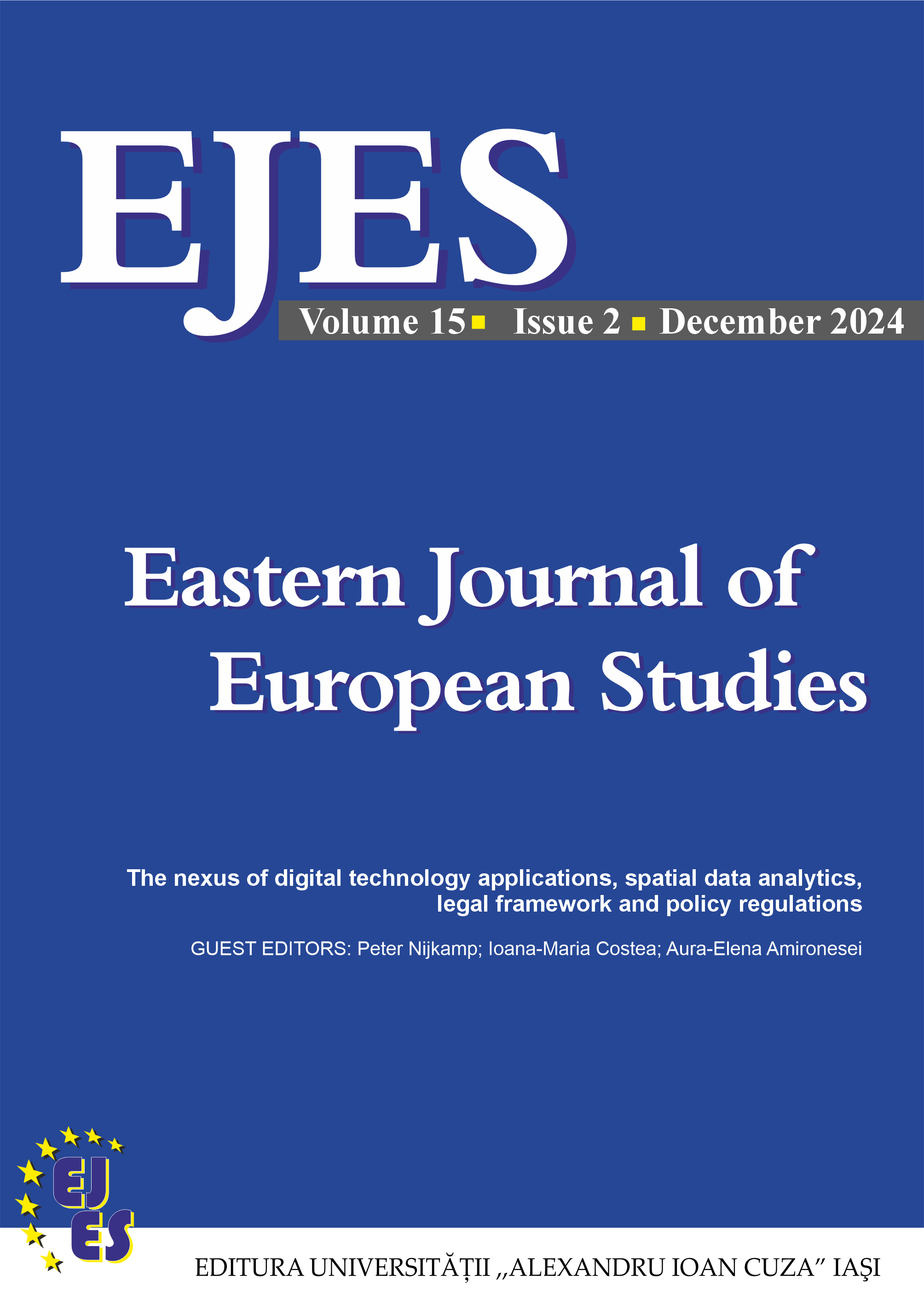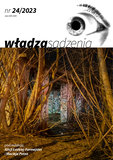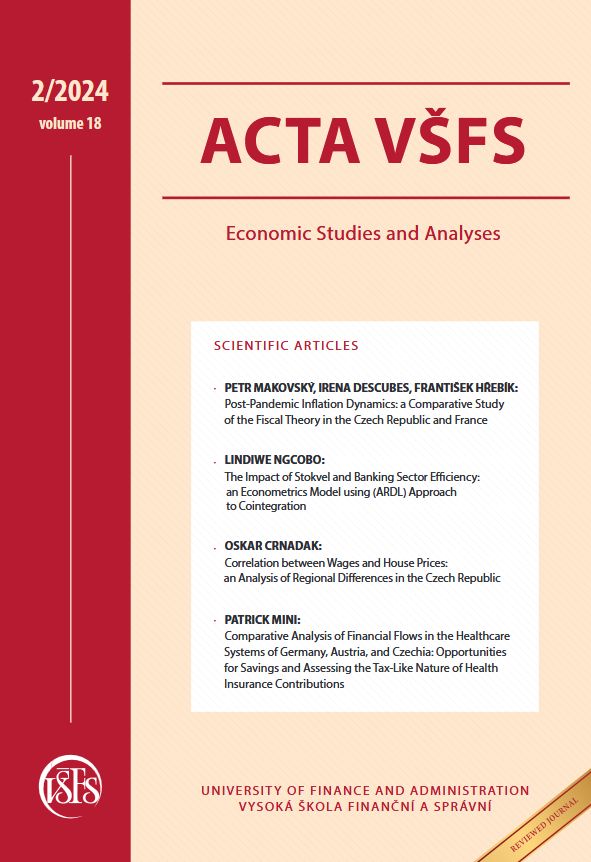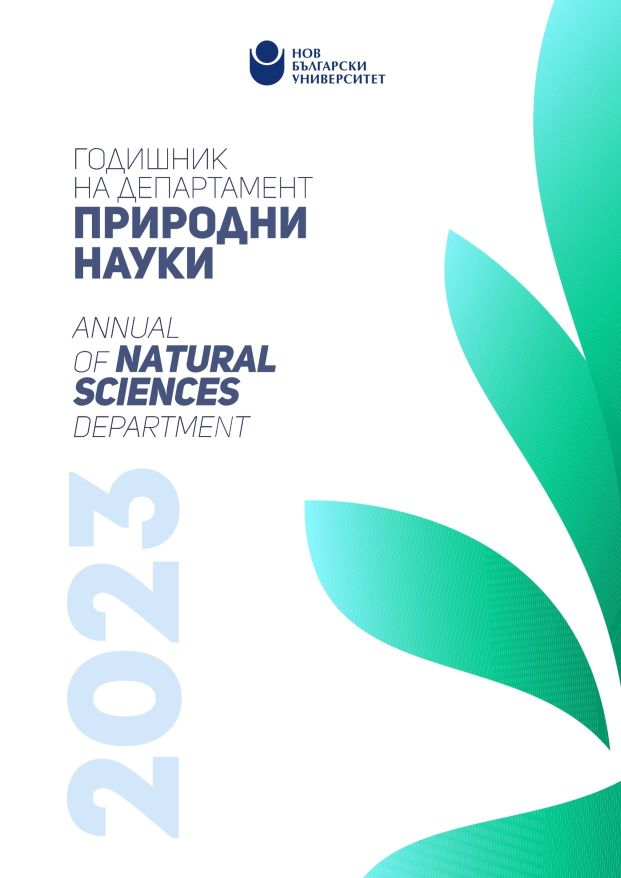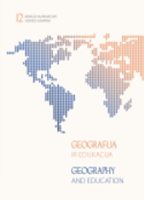The impact of soft law on the regulation of sustainable investment in the Arctic Region
The article discusses the issue of regulating sustainable and responsible investment in the Arctic region. The execution of large-scale investment initiatives in this region will require substantial capital, including foreign ones, as well as a large-scale impact on the ecology of the Arctic region. The work emphasizes the importance of making sustainable investments, which in the long term will not harm either the environment or indigenous and small-numbered peoples living in the project areas. The purpose of the work is to study how soft law instruments affect the regulation of investment in the Arctic using narratological methods. Currently, there is a clear lack of international legal regulation of sustainable investment, and the legislation of different states on relevant issues follows different approaches. When investment relations are not properly regulated, it can be difficult to implement sustainable and responsible investment, which will also have negative economic consequences. In this regard, the author concludes that currently the norms of the so-called “soft law” play the most important role in regulating investment activities. An analysis of so-called ESG investing is being carried out. The work presents an overview of some of the most significant sources of soft law and classifies soft law norms depending on their source of origin. Explanatory examples demonstrate how investors and enterprises implementing investment projects apply soft law in their activities. The author concludes that the concept of soft law is a reflection of the way in which entrepreneurs' narratives can influence the behavior patterns that will be adopted by the relevant association of entrepreneurs. The article gives examples to examine the impact of narratives on the creating and implementation of soft law provisions, and further analyzes these methods of influence.
More...
